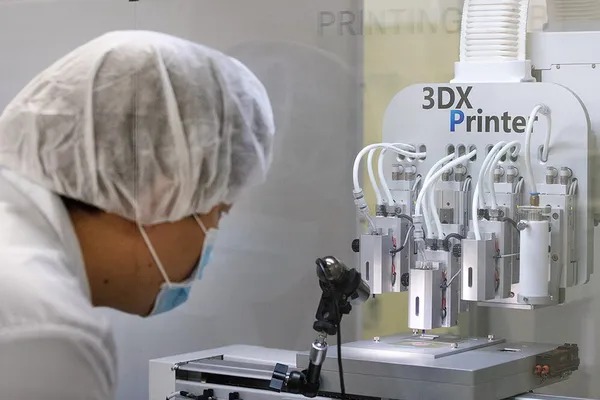
World's first 3D printed trachea transplant with stem cells
Korean researchers used scans and bioink with the patient's cells to create a 2cm artificial trachea that was successfully transplanted in 5 weeks.

Korean researchers used scans and bioink with the patient's cells to create a 2cm artificial trachea that was successfully transplanted in 5 weeks.
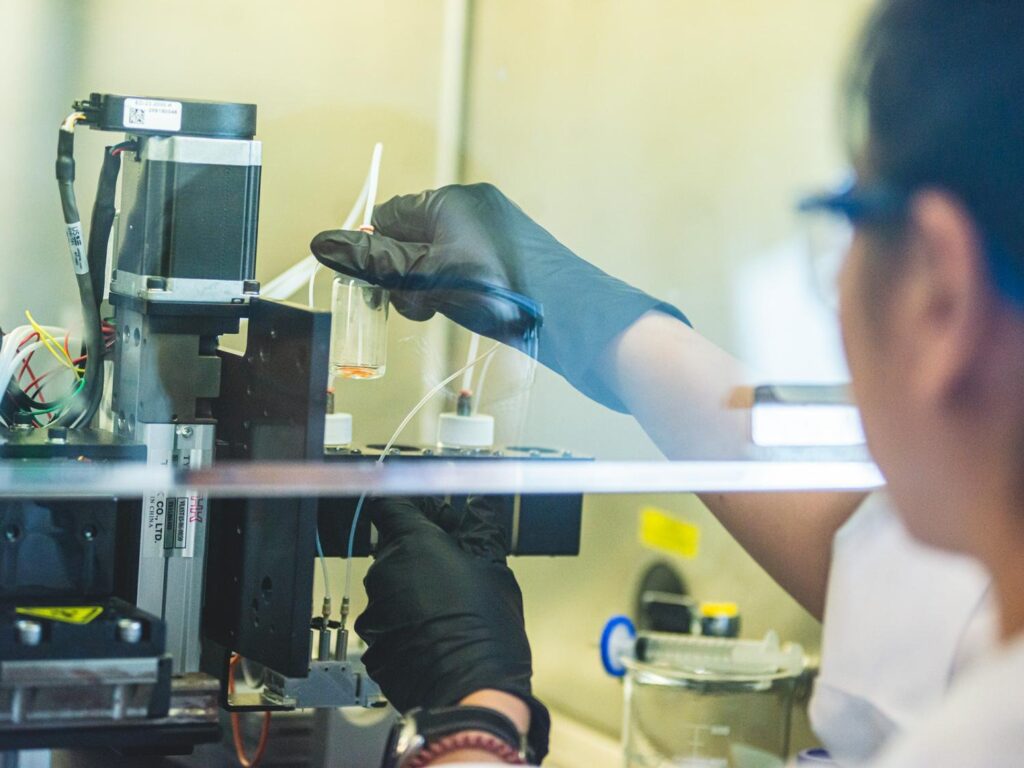
At Pennsylvania State University they developed a technique to 3D print living human skin directly onto wounds. New possibilities for facial reconstructive surgery and hair transplants.

The construction of the Alva Tower begins, a pioneering project: a 30D printed building of over 3 meters that will overlook the Giulia Valley
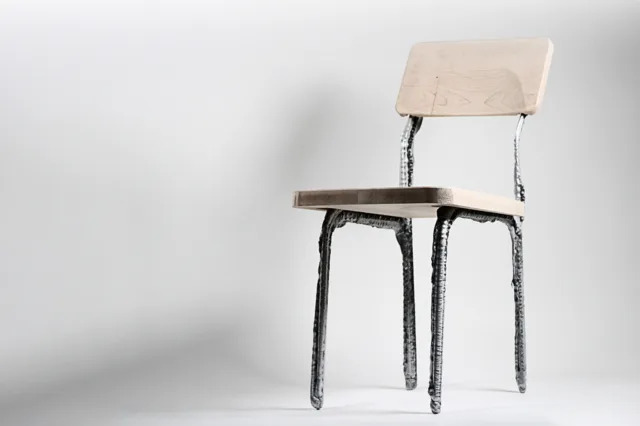
MIT presents a liquid metal 3D printing technique capable of making large aluminum components in minutes, a significant advance over traditional methods.
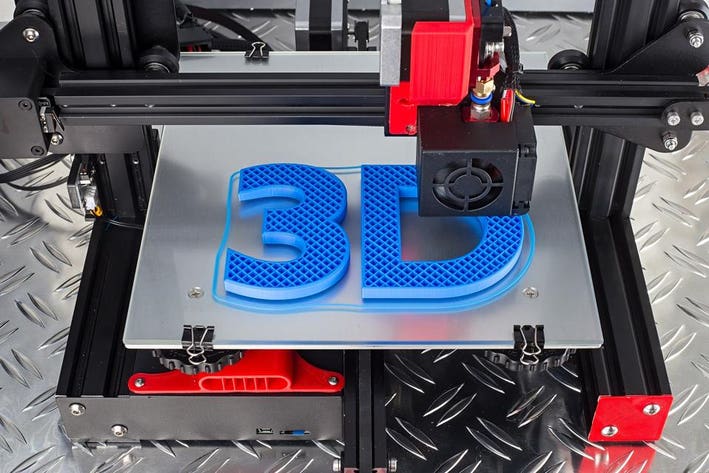
With 3D printing there will be more and more products that we will be able to create completely independently. Nothing but chatter.
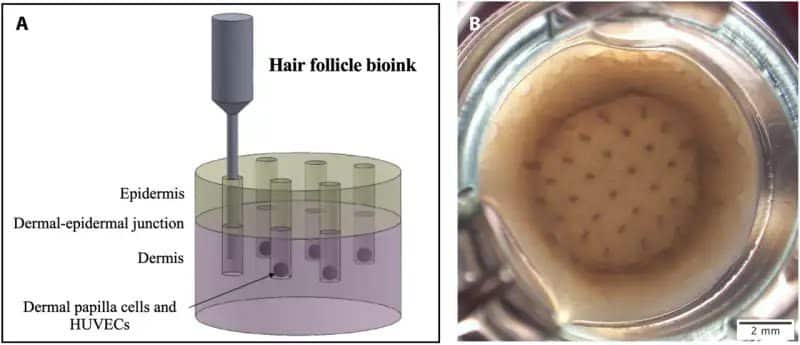
3D printing of human skin, including hair follicles, promises to revolutionize burn treatment.
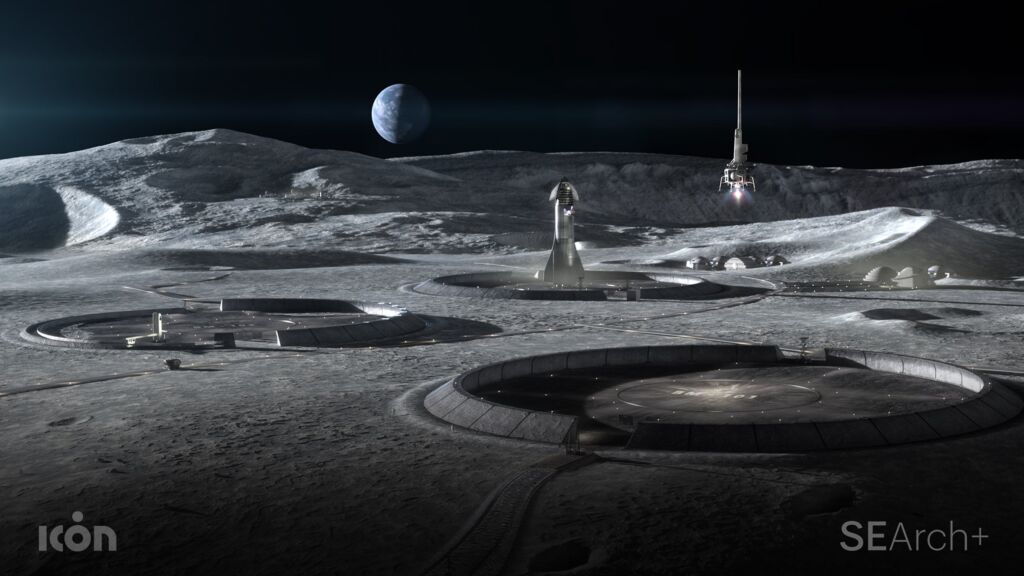
The Olympus Project illustrated by the US agency aims to transform the Moon into a habitable place with the 3D printing of settlements.
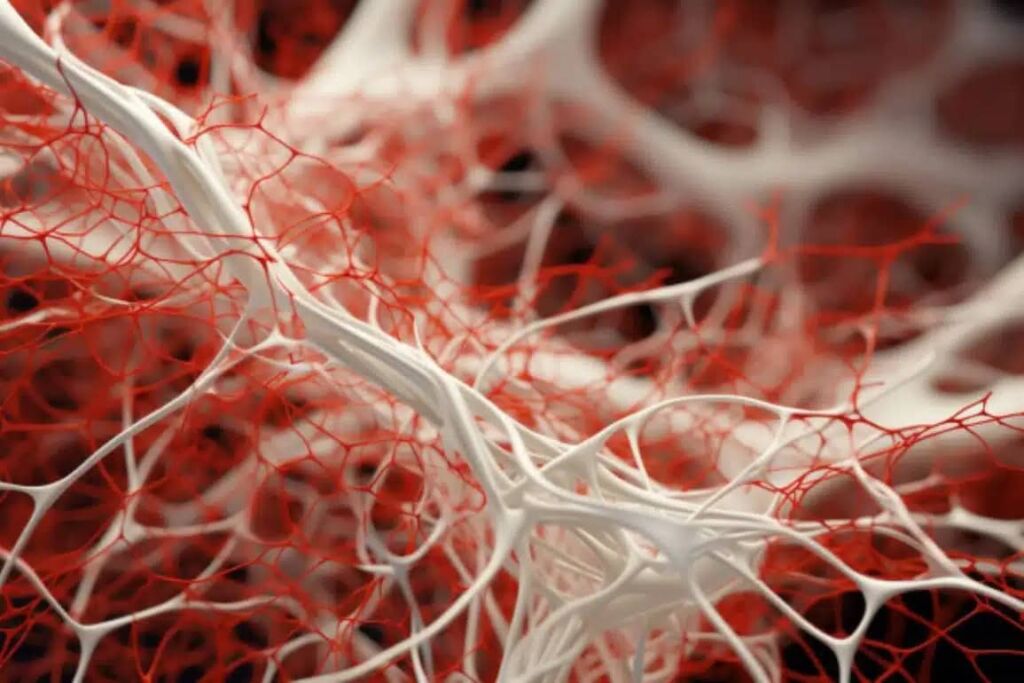
Engineers at Monash University have developed a 3D printing technique to create nerve networks using bioinks with live neurons, to emulate the human brain
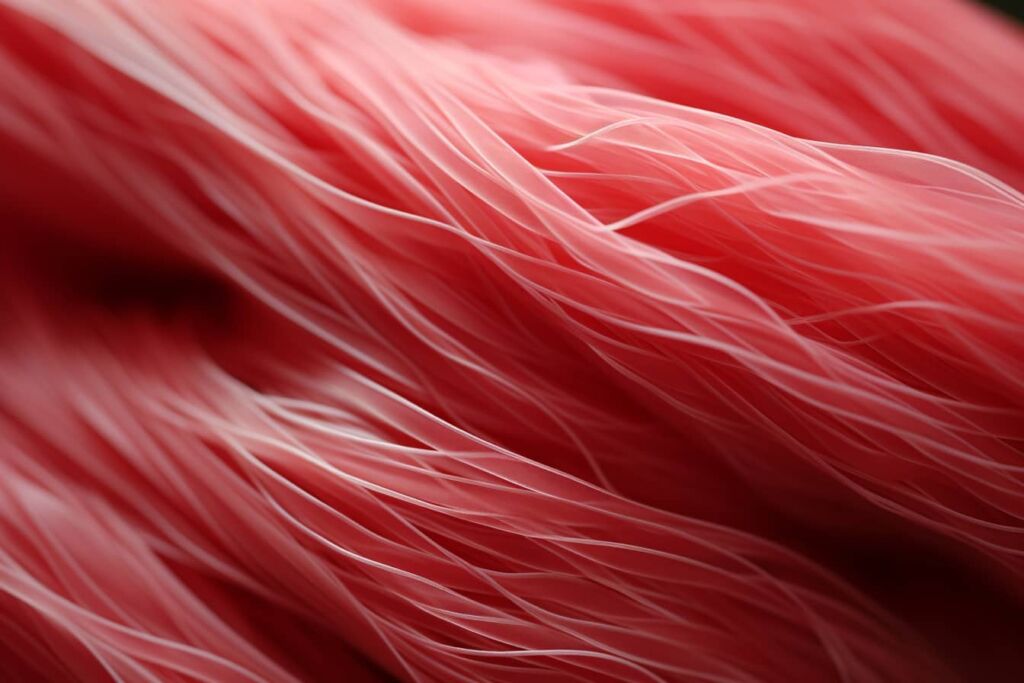
The Terasaki Institute develops a bioink that uses a hormone to promote the growth of 3D printed muscle tissue.
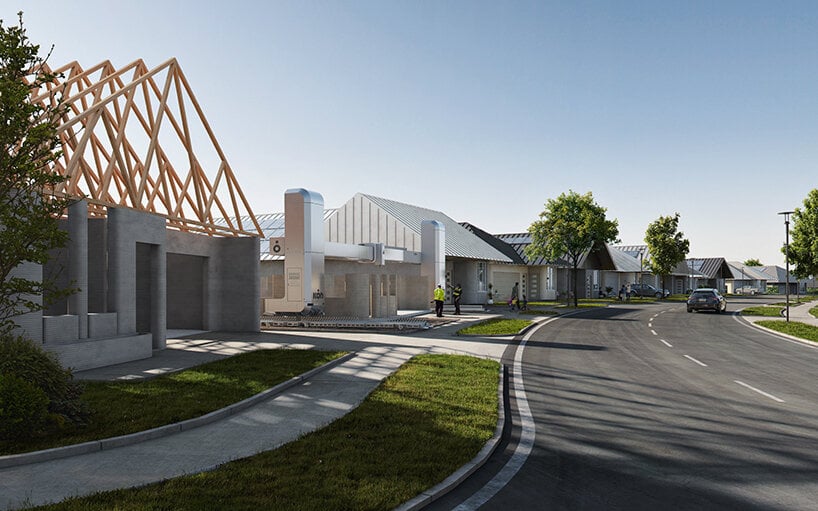
An innovative community of 3D printed homes is springing up near Austin, Texas at the hands of a fleet of robots.
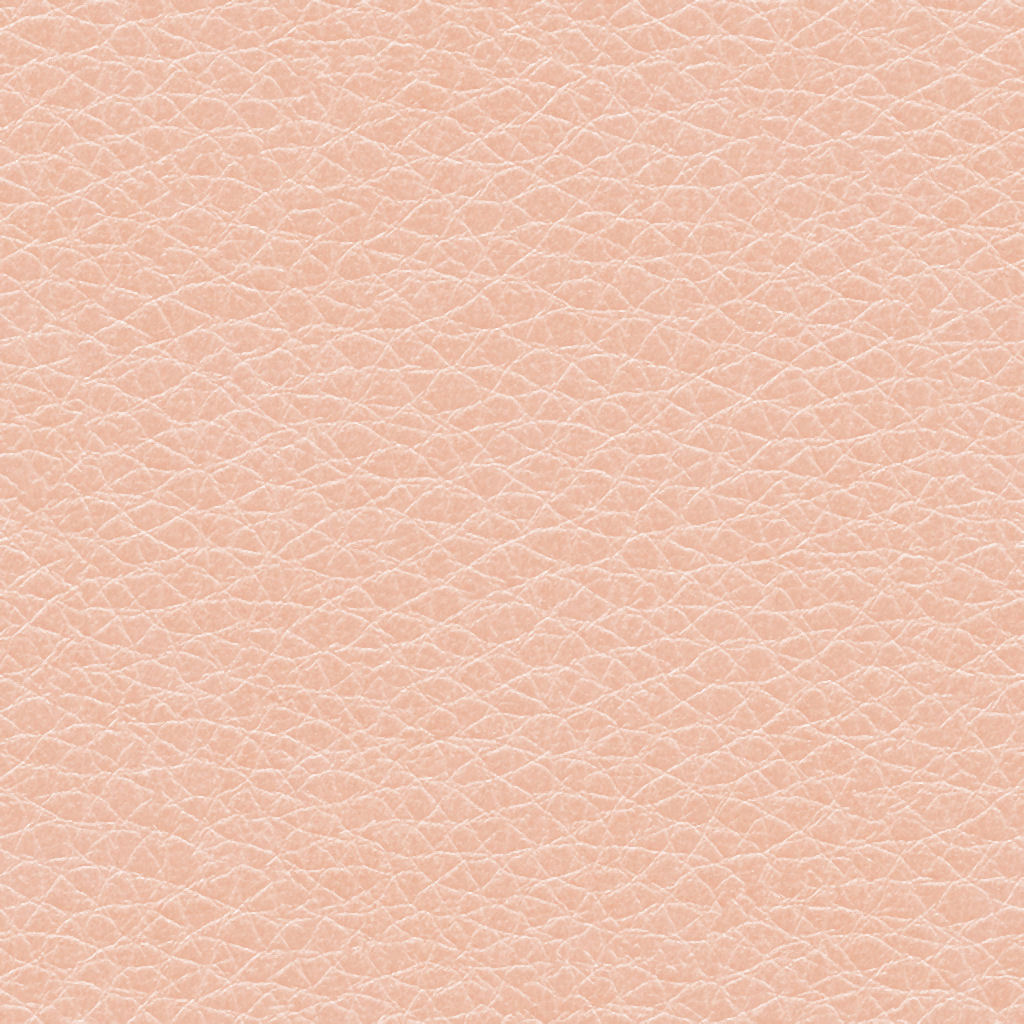
A team of researchers from the University of São Paulo has shown that bio 3D printers can create viable artificial skin for product testing by replacing animals.
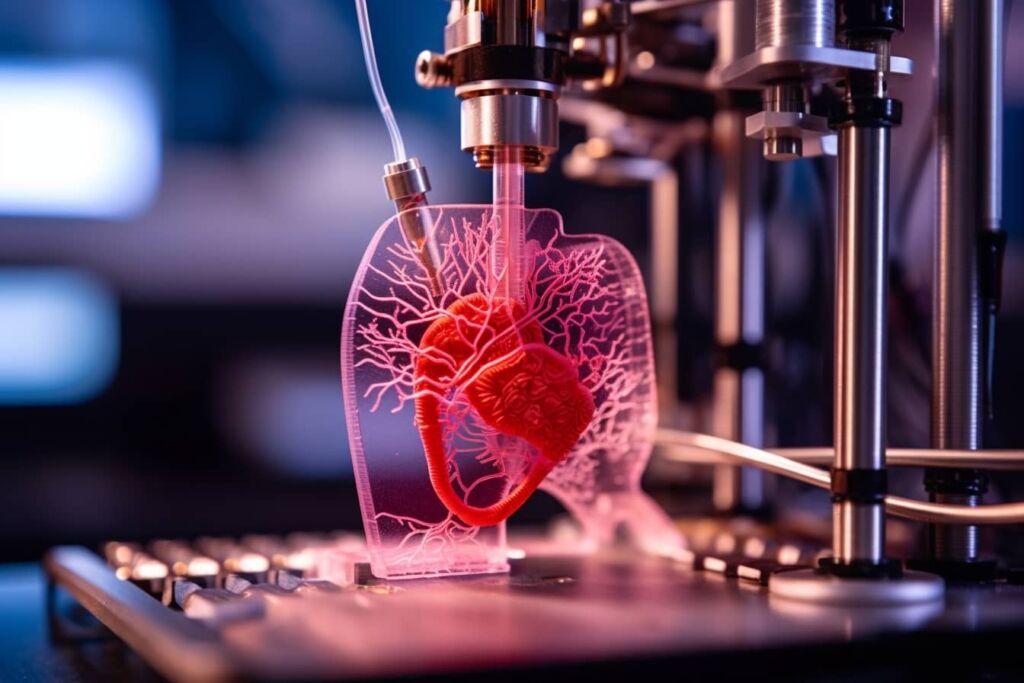
3D bioprinting of organs and tissues will be the answer to long waiting lists for transplants, but there are still hurdles to overcome.
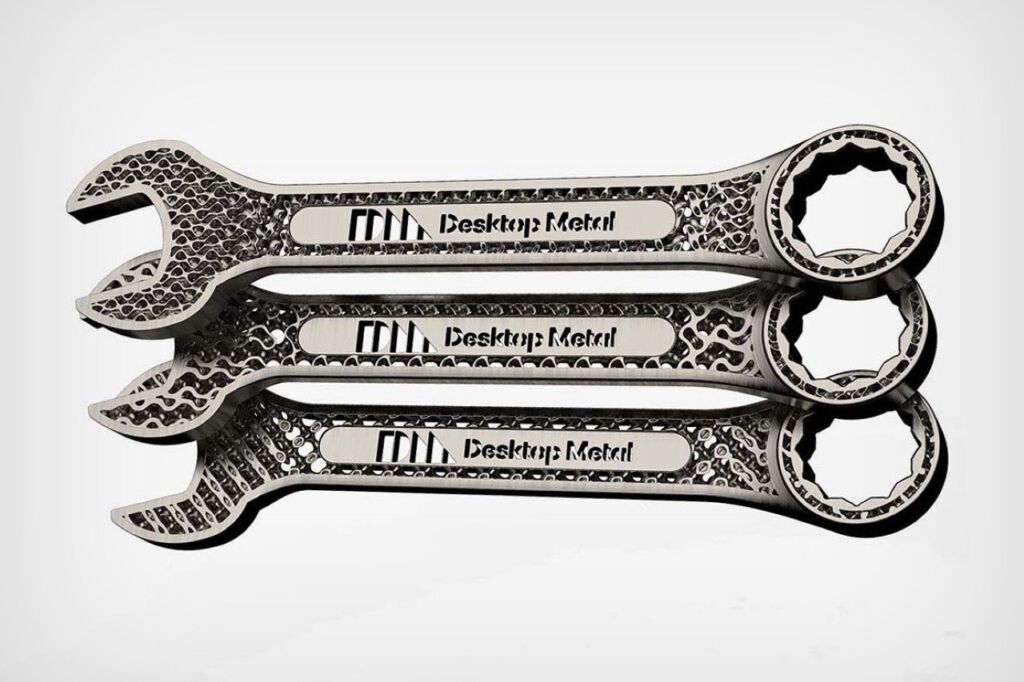
Lighter and stronger tools and spanners thanks to 3D printing and metal "gyroids".
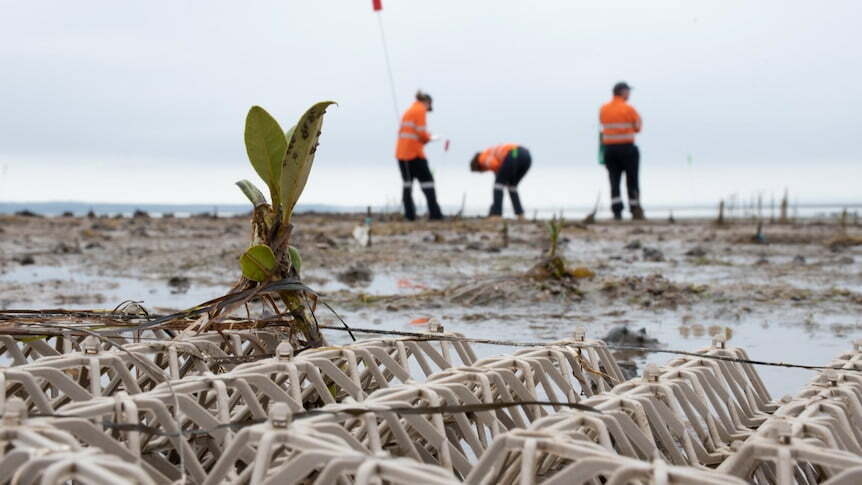
Deakin University experiments with the use of 3D printers to protect the coasts and encourage the growth of mangrove plants in Australia.

3D printing is about to enter our kitchen, revolutionizing the way we prepare and eat meals.
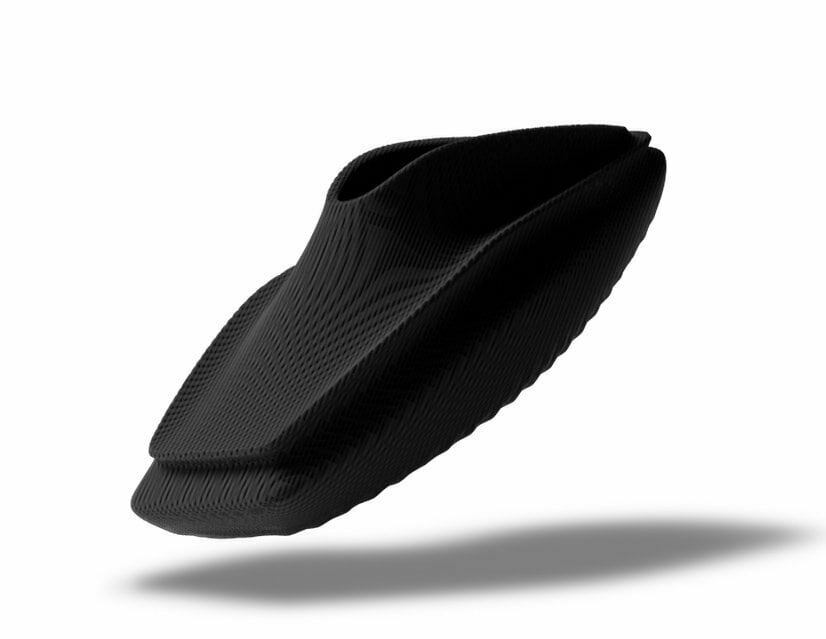
3D printing technologies and materials evolve: closer personalized and totally recyclable products... and "subscription" shoes
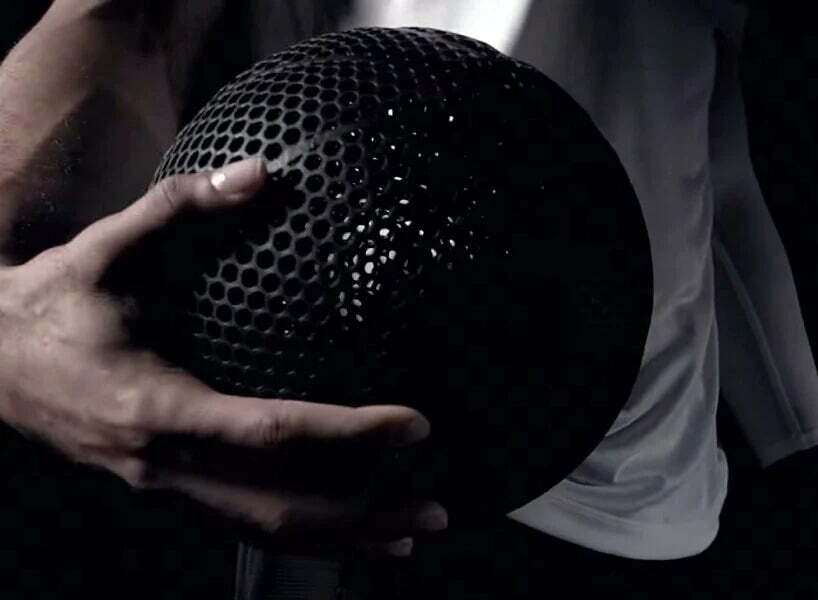
If it looks like a basketball, bounces like a basketball, and weighs like a basketball, chances are it's… well, you already know.
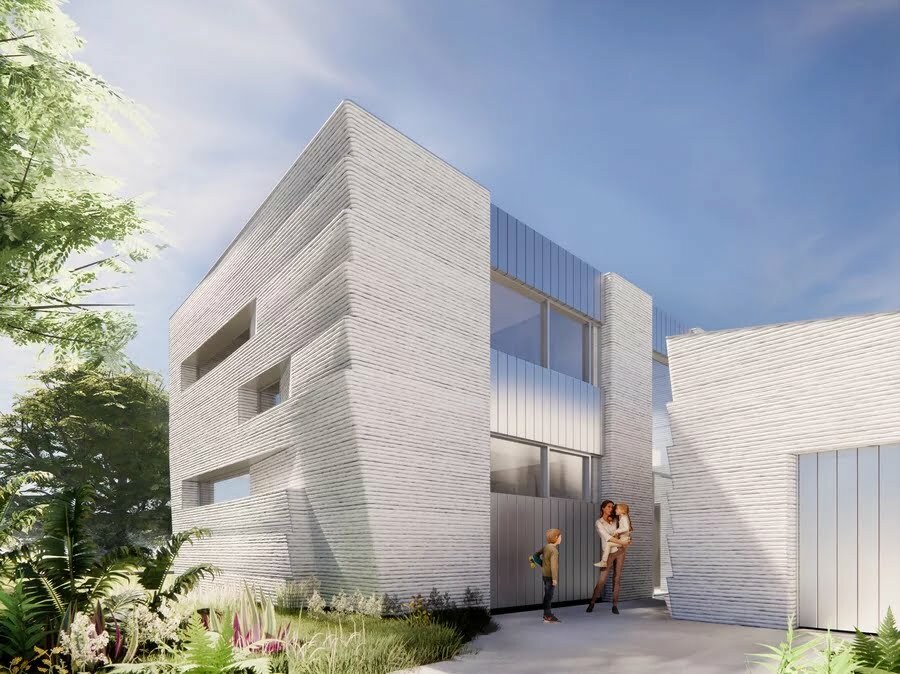
400 square meters, two floors, walls already printed with compartments and shelves: 3D technology for the building industry is going higher and higher.
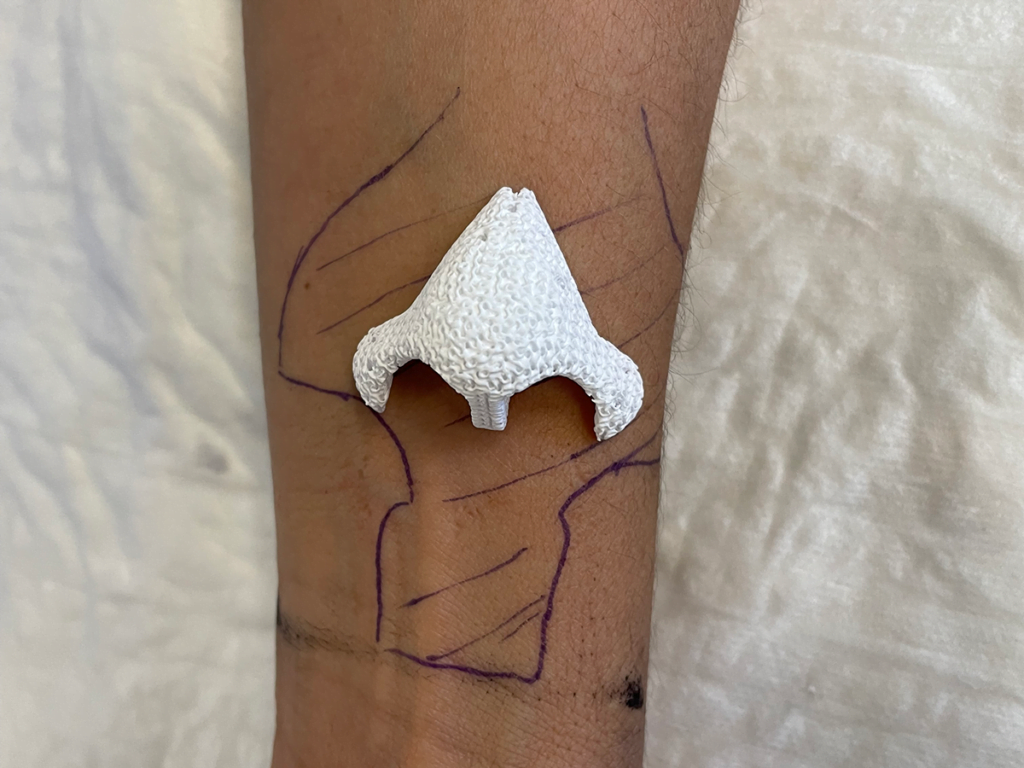
The amazing technique has worked where skin flap grafting and prosthesis have failed. Nose molded and placed. Ale.
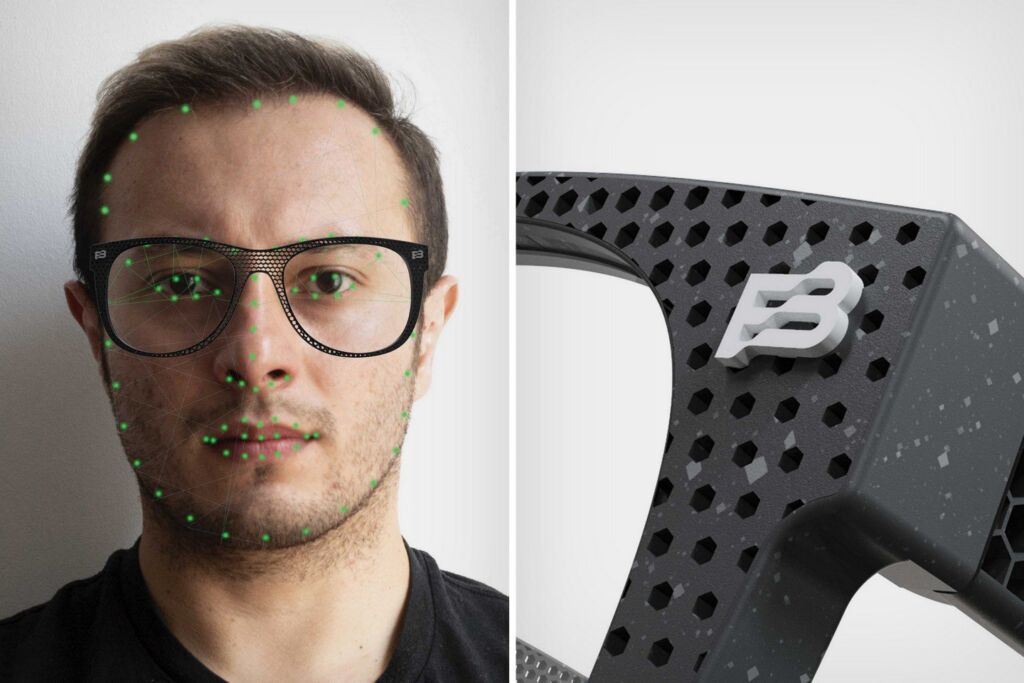
A concept combines two mature technologies (3D printing and generative design) to create the perfect glasses of the near future.
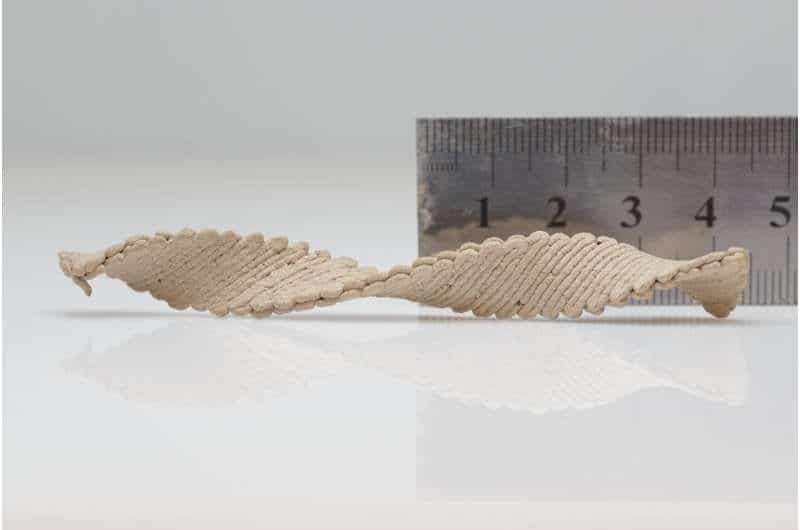
Wooden furniture that you buy plates and take the form of a chair, a stool, a table a few hours after opening the package? Read here.